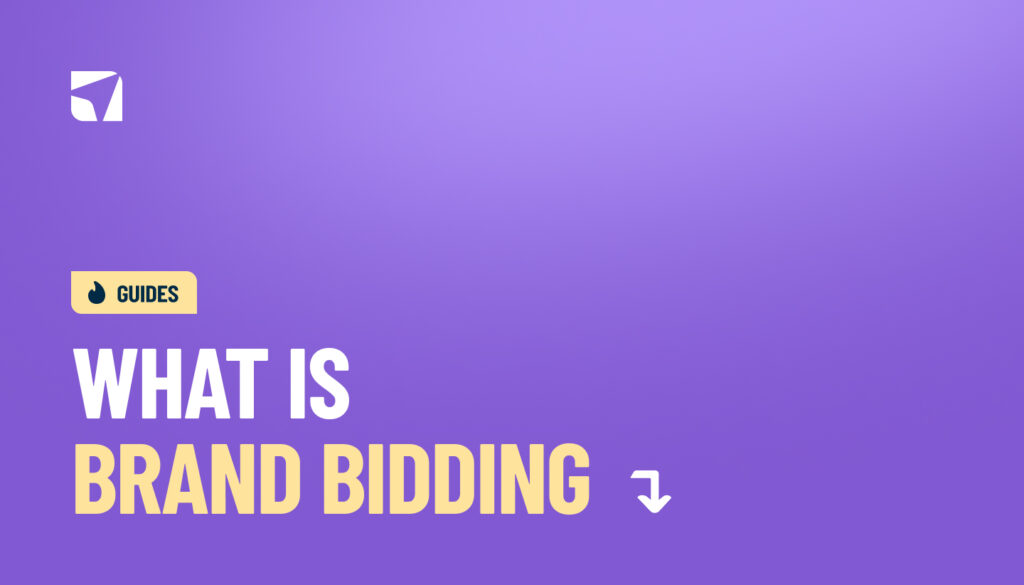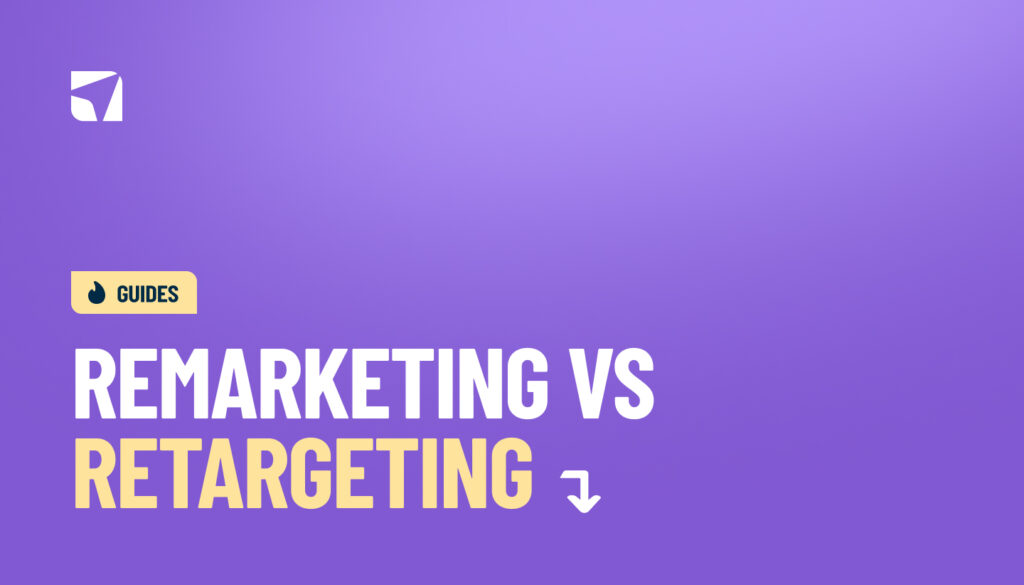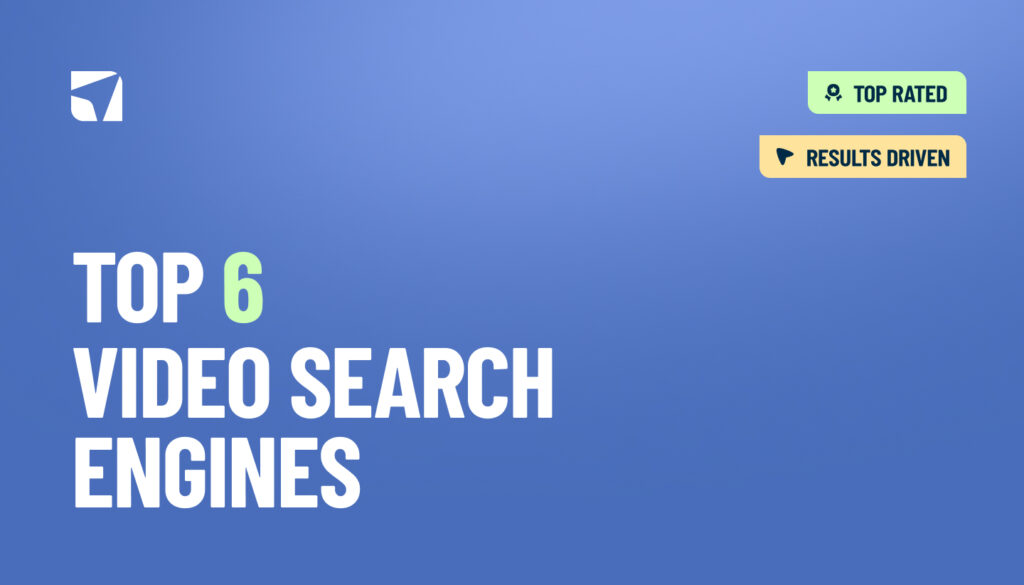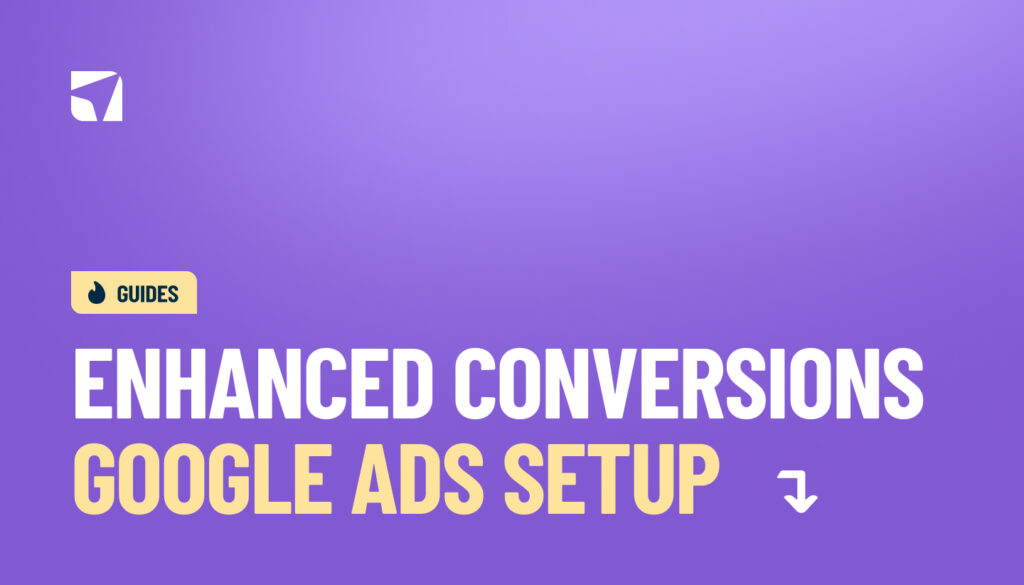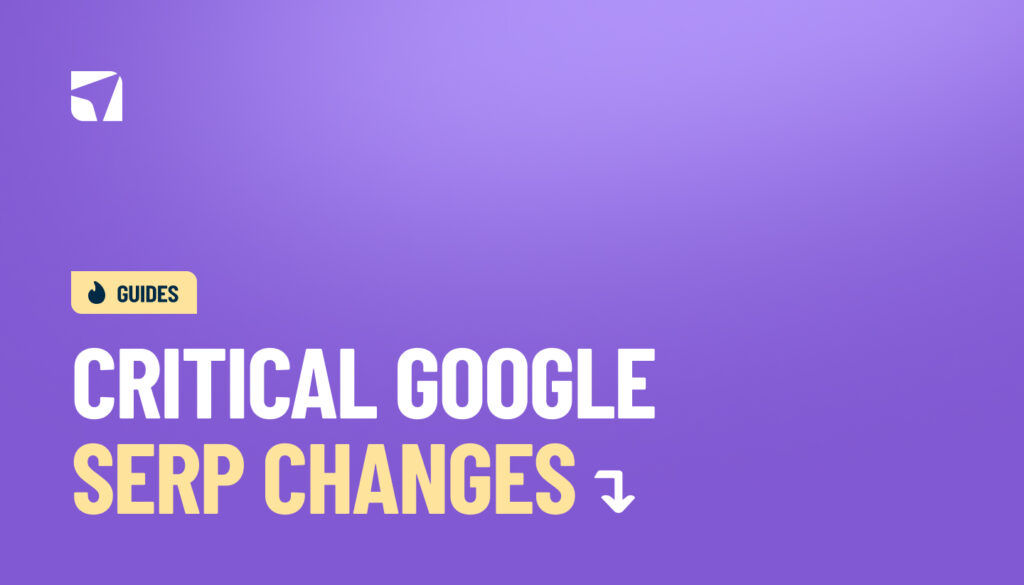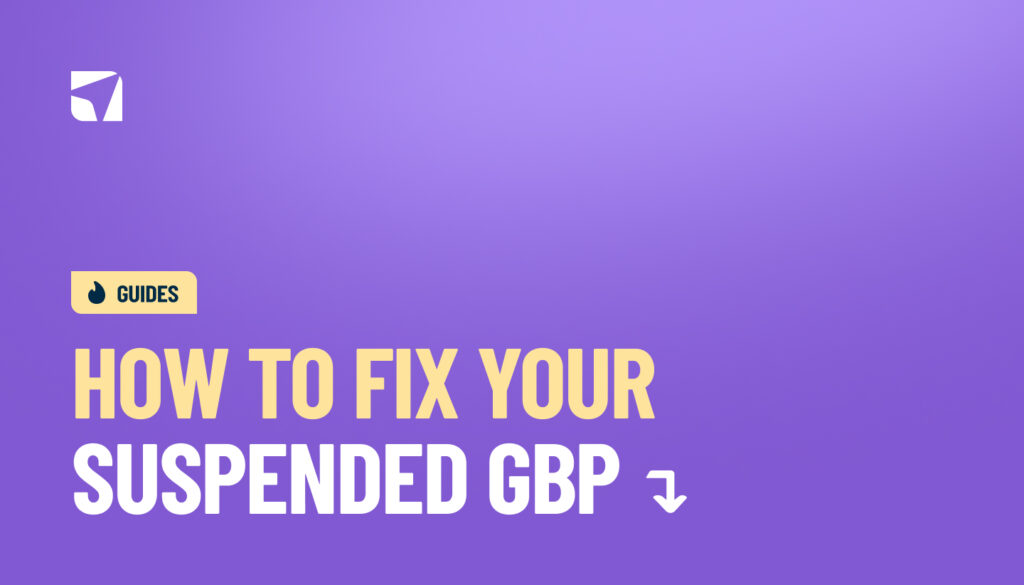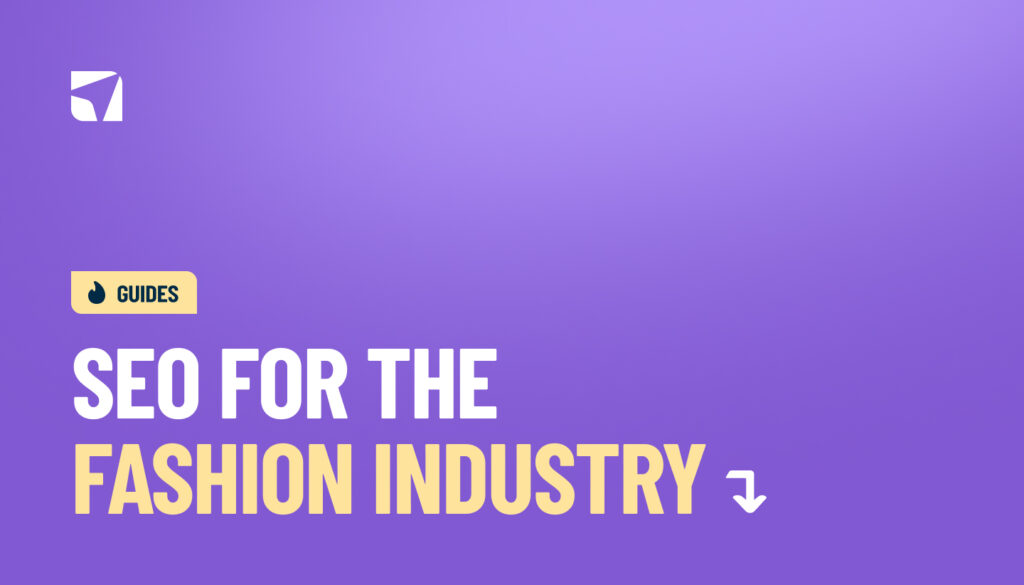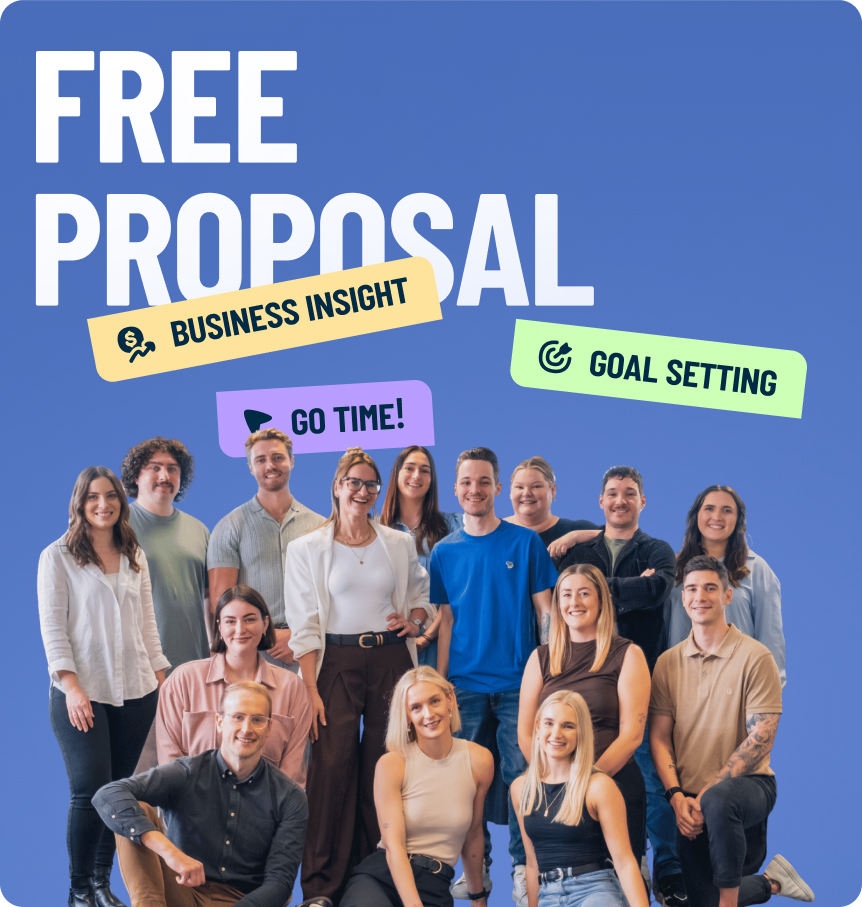Brand bidding is one of the simplest levers in paid search, yet it is often misunderstood. In practice, it is about controlling what shows when people search your brand, protecting your name from competitors and affiliates, and converting high-intent users with clear next steps. Done well, it reduces wasted spend, increases total clicks across paid and organic, and shortens the path to a sale.
What Is Brand Bidding?
Brand bidding means running ads on brand-inclusive keywords. There are two common approaches:
- Your own brand terms, for example, “Digital Nomads HQ”, “DNHQ SEO”, “Digital Nomads PPC pricing”
- Competitor brand terms, for example, “CompetitorName alternatives”, “Compare CompetitorName”
Brand terms usually have higher intent, stronger click-through rates, and more efficient cost per click than generic keywords. Competitor terms are a different play. They often cost more, convert lower, and need sharper positioning and compliant copy to work.
Brand Bidding vs Trademark Bidding
Brand bidding and trademark bidding overlap but are not identical. Trademark bidding targets legally protected terms. You can generally bid on competitor brand keywords, but using a competitor’s registered trademark in your ad copy or display URL can breach platform policy or create legal risk. The safest approach is to avoid competitor names in the ad text and keep your offer clearly differentiated.
Why Bid On Your Own Brand?
Defend your name and your clickshare
SEO-driven lead generation success depends on a simple truth: you need to know what your potential customers want. Search intent shapes your content strategy and helps you connect with prospects right when they need you most.
Types of search intent
If you do not advertise on your own brand, a competitor, affiliate, or coupon site can. On mobile, a single ad can push organic results below the fold. Owning the paid placement on your name protects clickshare and makes rivals pay more to outrank you.
Control the story and the journey
Organic snippets are generated automatically. Paid ads let you set the headline, message, extensions and landing page. Use this control to surface seasonal campaigns, pricing, locations, or direct routes to sales and support. You reduce friction and send people to the most relevant page the first time.
Improve combined results
Paid plus organic usually delivers more total clicks than organic alone. Brand campaigns also help you shape the path to conversion, which can lift conversion rate and reduce acquisition cost.
Move faster than SEO
If you need to announce new services, pricing changes or a limited-time offer, you can update your brand ad and sitelinks immediately. No waiting on crawling or indexation.
When Brand Bidding Might Not Be A Priority
There are edge cases where brand spend can be de-prioritised. For example, very small brands with minimal search volume and a tightly constrained budget, or dominant brands in niches with little competitive pressure and very high organic click-through. Even then, test before you cut. A structured holdout is more reliable than assumptions.
Should You Bid On Competitor Brand Terms?
There is opportunity and risk.
Upside
You can meet in-market buyers at the moment they compare options, grow awareness, and present a credible alternative.
Downside
Competitor auctions are usually more expensive. Engagement is lower because many searchers want the brand they typed. You also face tighter policy constraints. If you pursue this route, be disciplined.
Competitor best practice
- Do not use competitor trademarks in ad copy or URLs
- Lead with your value, for example, features, proof, service levels, pricing clarity, guarantees
- Send traffic to a fair, useful comparison page with an honest tone
Cap bids to avoid bidding wars that destroy efficiency
Risks And Challenges To Manage
- CPC spikes when multiple competitors, affiliates or coupon sites enter your brand auction
- Customer confusion when coupon or imitation sites crowd your brand results
- Attribution noise, where brand ads collect conversions you might have earned organically
You can manage these by monitoring Auction Insights, running periodic brand-term sweeps, and testing incrementality to justify your budget.
How To Structure Brand Campaigns
Keep the account clean and easy to understand.
- Separate campaigns: Split Brand, Non-Brand and Competitor into separate campaigns. This keeps budgets and data clean, and makes optimisation faster.
- Match types: Use Exact for core brand queries, for example, brand, brand plus service, brand plus location. Add Phrase for common variations and product lines. Review search terms weekly and add negatives for careers, support only, and unrelated brand combinations.
- Bidding strategies: For brand defence, Target Impression Share can secure top of page with a sensible maximum CPC cap. For quieter auctions, Manual CPC gives finer control. Do not chase absolute top at any cost. Aim for consistent coverage within an efficiency guardrail.
Budgets: Start with a modest budget that comfortably covers brand demand. Increase only if you are losing impression share on valuable brand queries.
Ad Copy That Lifts Performance
Responsive Search Ads work best when they contain a wide spread of unique messages. Aim for Excellent ad strength without repeating yourself.
Headline ideas
- Digital Nomads HQ | SEO That Drives Growth
- Google Ads Management With Clear ROI
- Talk To A Senior Strategist
- View Pricing and Case Studies
Description ideas
- Clear plan, measurable outcomes, in-house team. Book a quick call and map your first steps.
- Only the work that moves the needle, tracked openly and reported clearly.
- Local team, transparent reporting, flexible engagement.
Assets to include
Sitelinks to Services, Case Studies, Pricing and Contact. Callouts that reinforce your value, for example In-House Team, ROI Focus, Clear Reporting. Structured snippets for services like SEO, PPC, Content and CRO. Add your business logo and name for instant trust.
Message by intent
- Brand plus pricing: link to pricing and include a plain-English value line
- Brand plus reviews: highlight ratings, testimonials and relevant case studies
- Brand plus support: route to help content or show a direct contact option
Landing Pages That Match Intent
Align the landing page with what the searcher wants.
- Pricing intent: show plans, inclusions, FAQs and a simple way to talk to sales
- Contact intent: use a short form and a phone number that rings now
- Service intent: show process, proof and a path to a scoping call
- Support intent: help first, then offer to connect with the right team
Keep pages fast, consistent with the ad, and focused on one clear action. Add proof where it matters most, for example partner badges, certifications, logos and short testimonials.
Measurement And Incrementality
Track the fundamentals at campaign level: impression share, absolute top, CTR, CPC, conversion rate, CPA or ROAS. Then test for lift.
Two simple tests
- Geo split: pause brand ads in selected lower-value regions for a short period, hold other variables steady, and compare total clicks and conversions against control regions
- Time-based holdout: pause brand ads during lower-impact hours, keep everything else steady, and compare to adjacent time blocks
Measure total conversions and revenue, not just Google Ads numbers. You want to understand whether sales drop, not just whether attribution shifts.
Brand Protection Essentials
- Maintain a short trademark and affiliate policy that spells out acceptable use
- Sweep your brand SERP weekly to identify new advertisers, coupon pages and lookalikes
- File takedown requests where appropriate and tighten affiliate contracts if they breach terms
- Use shared negative lists for careers, support and irrelevant brand combos
- Set automated rules to cap bids if CPC exceeds your threshold in a spike
Common Mistakes To Avoid
- One campaign for everything, which blurs budgets and makes diagnosis difficult
- Chasing position without a ceiling, which drives up cost for no real gain
- Sending all clicks to the homepage instead of matching intent
- Copy that says little and offers no next step
- No tests, which makes it hard to defend the spend
Practical Set-Up Checklist
- Separate Brand, Non-Brand and Competitor campaigns
- Exact and Phrase match for core brand and product terms
- Negative lists for careers, support and unrelated brand combinations
- Responsive Search Ads with 12 to 15 distinct headlines, 4 descriptions, sitelinks and callouts
- Target Impression Share with a capped max CPC for defence, Manual CPC where quieter
- Landing pages aligned to intent, with proof and one primary action
- Weekly reviews of search terms, Auction Insights, impression share and efficiency
- Documented plan for incrementality testing, including geo or time-based holdouts
Frequently Asked Questions
Should we bid on our Brand Name if we already rank first?
Usually, yes. Bidding on branded keywords lets you control the message above organic rankings, protect clickshare, and lift brand awareness with strong sitelinks and assets. In most search engines, your own Brand Name earns high relevance, which can improve Quality Score and keep CPCs efficient. The result is more total clicks from organic traffic plus paid, and often better conversion rates because you send people to the right page first.
How do we choose keyword strategies and negative keywords for brand campaigns?
Start by mapping search intent for your Target Audience, then set simple keyword strategies: Exact for core brand names and Phrase for common variations. Add negative keywords for careers, support-only queries, and coupon terms so Keyword Bidding stays focused on buyers. Review search terms weekly in your Search Engine account and refine the list so you keep relevance high and waste low.
Is it worth bidding on Competitors’ Brands?
It can be, but treat it as a controlled test. People who search Competitors’ Brands often have a preferred choice, so conversion rates are lower and Quality Score may be weaker than on your own brand names. If you try it, lead with your value, keep copy compliant, and use a fair comparison page. Cap bids, measure incrementality, and stop if you are not reaching the right Target Audience or building useful brand recognition.
How do branded keywords affect Quality Score and overall performance?
Branded keywords typically align closely with your ads and landing pages, which helps Quality Score in most search engines. Better scores can reduce CPCs and improve ad rank, which means more coverage above organic traffic and a smoother path to action. Consistency between ad copy, landing page content, and your Brand Name also builds brand recognition and supports higher conversion rates over time.
